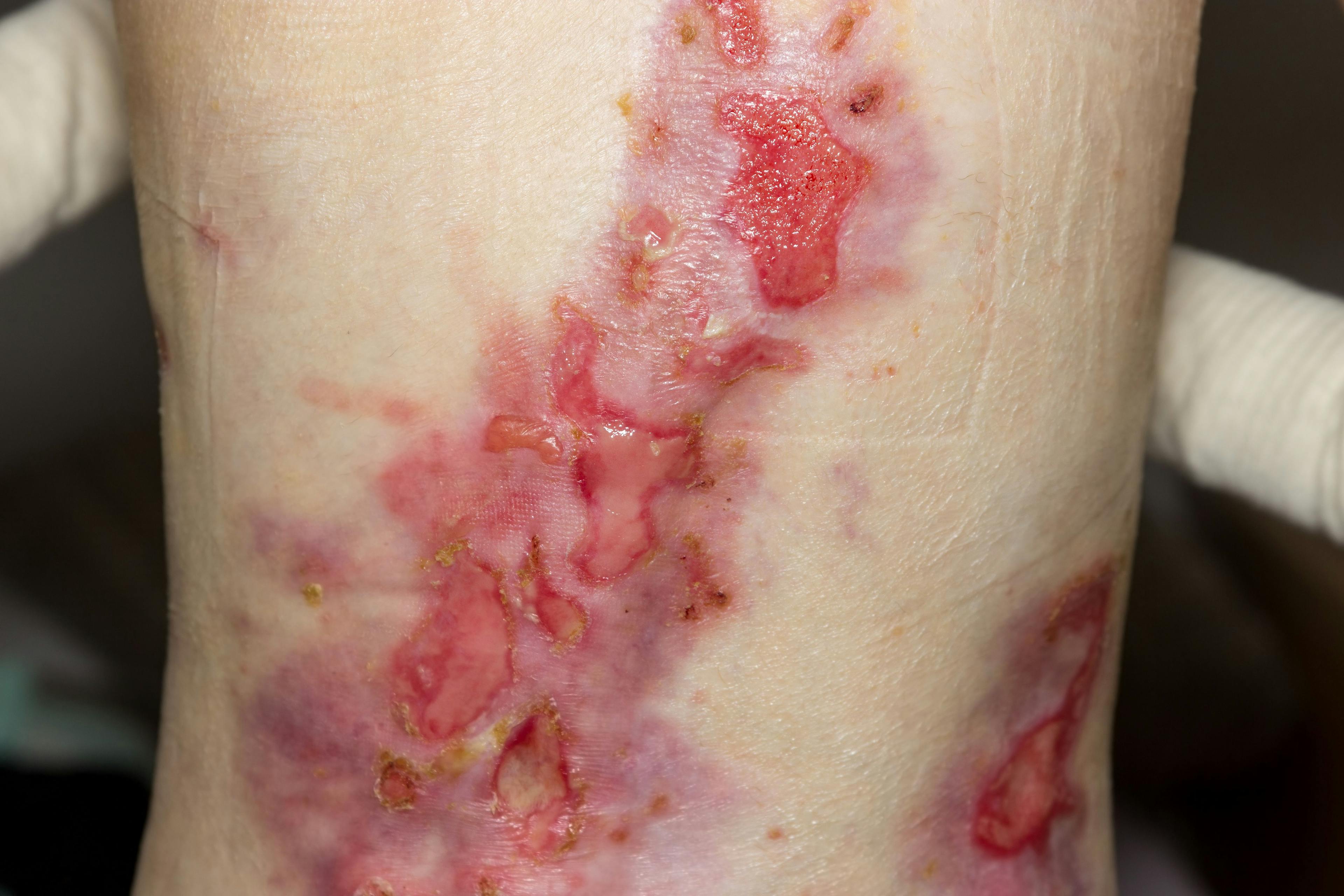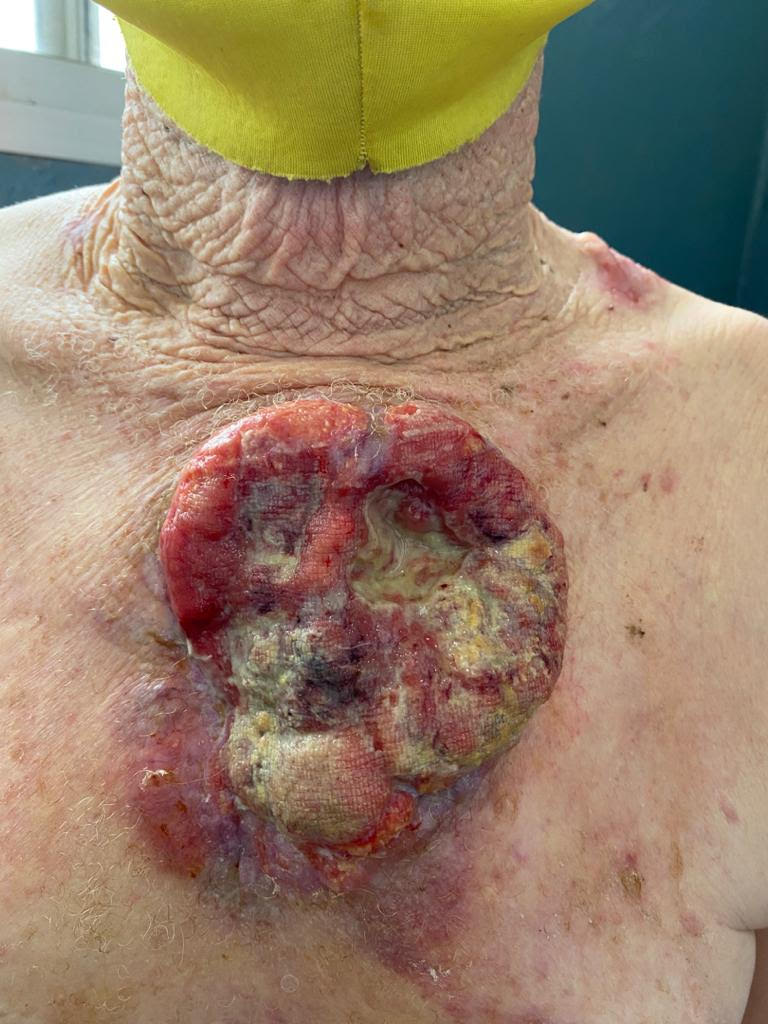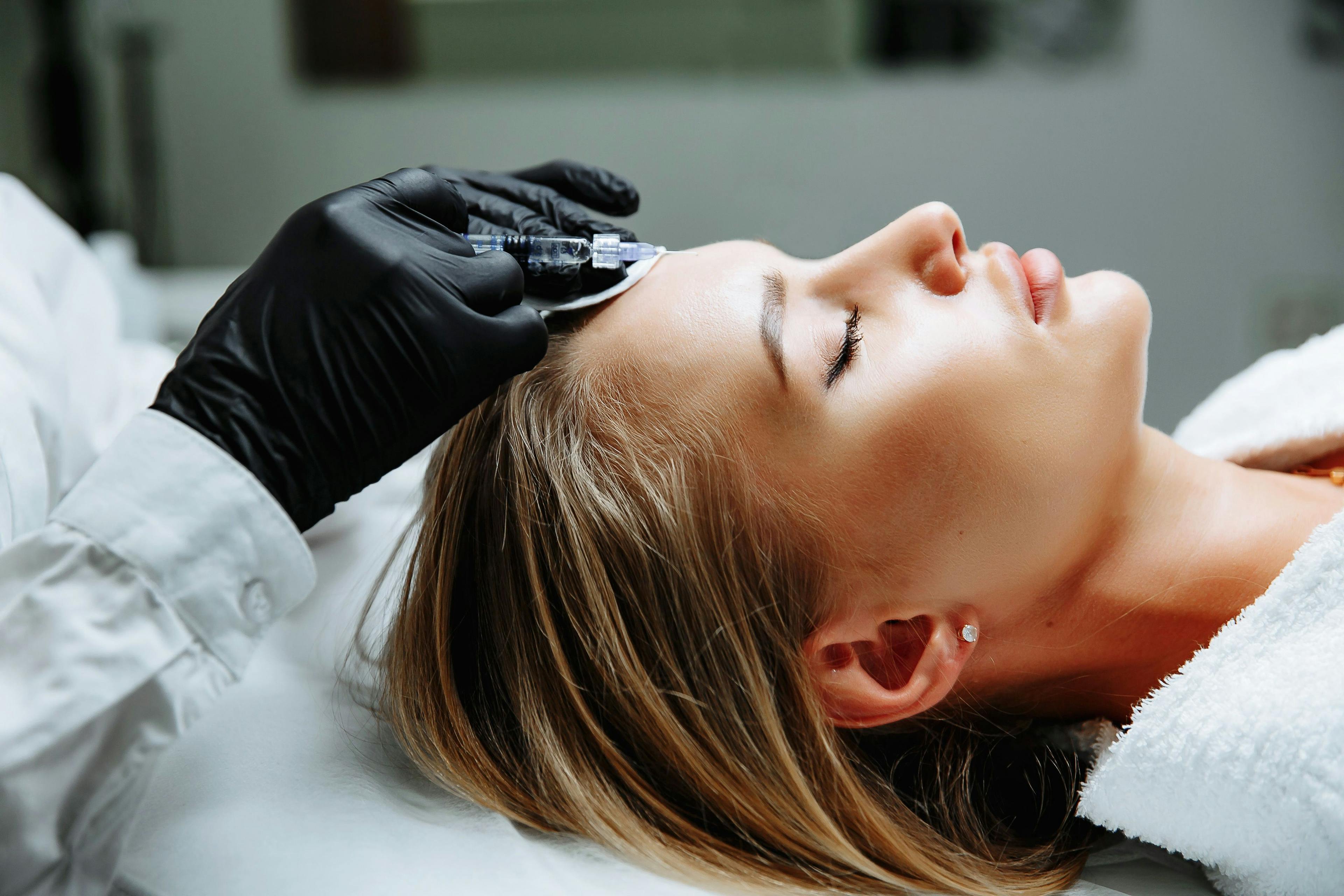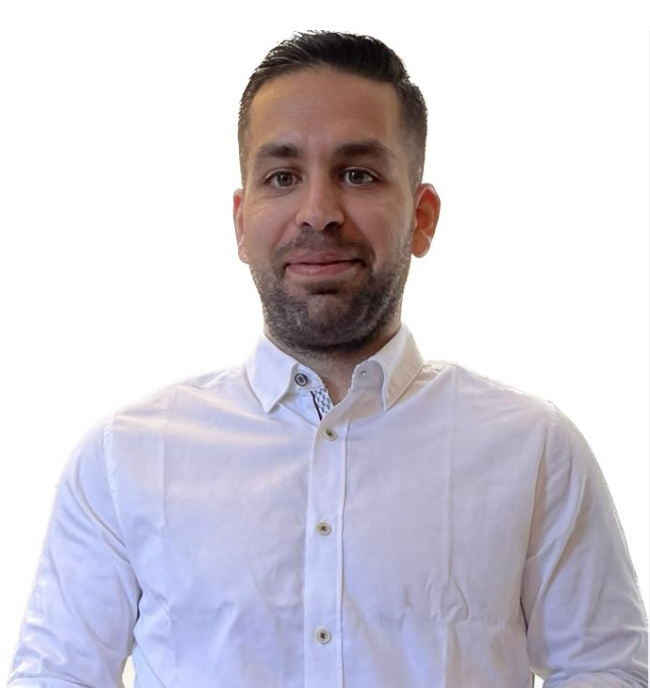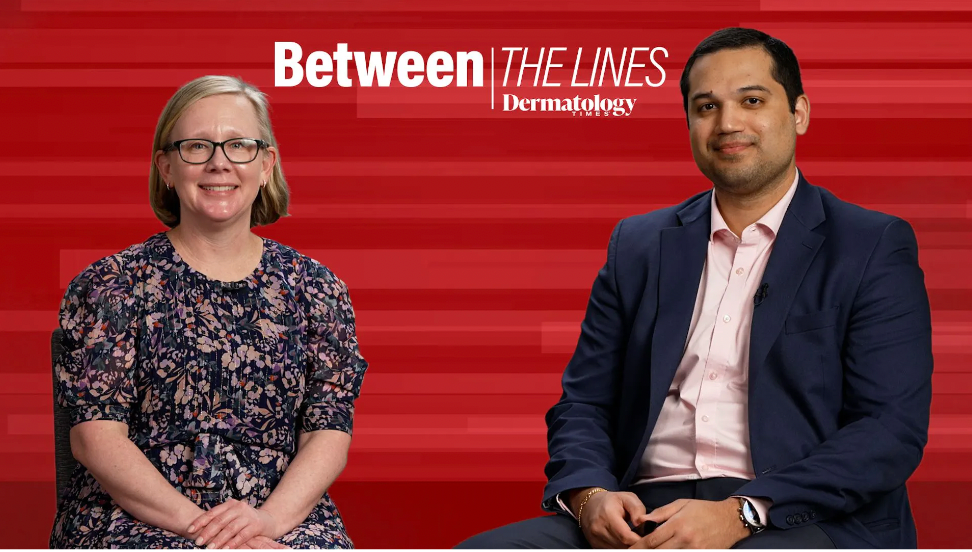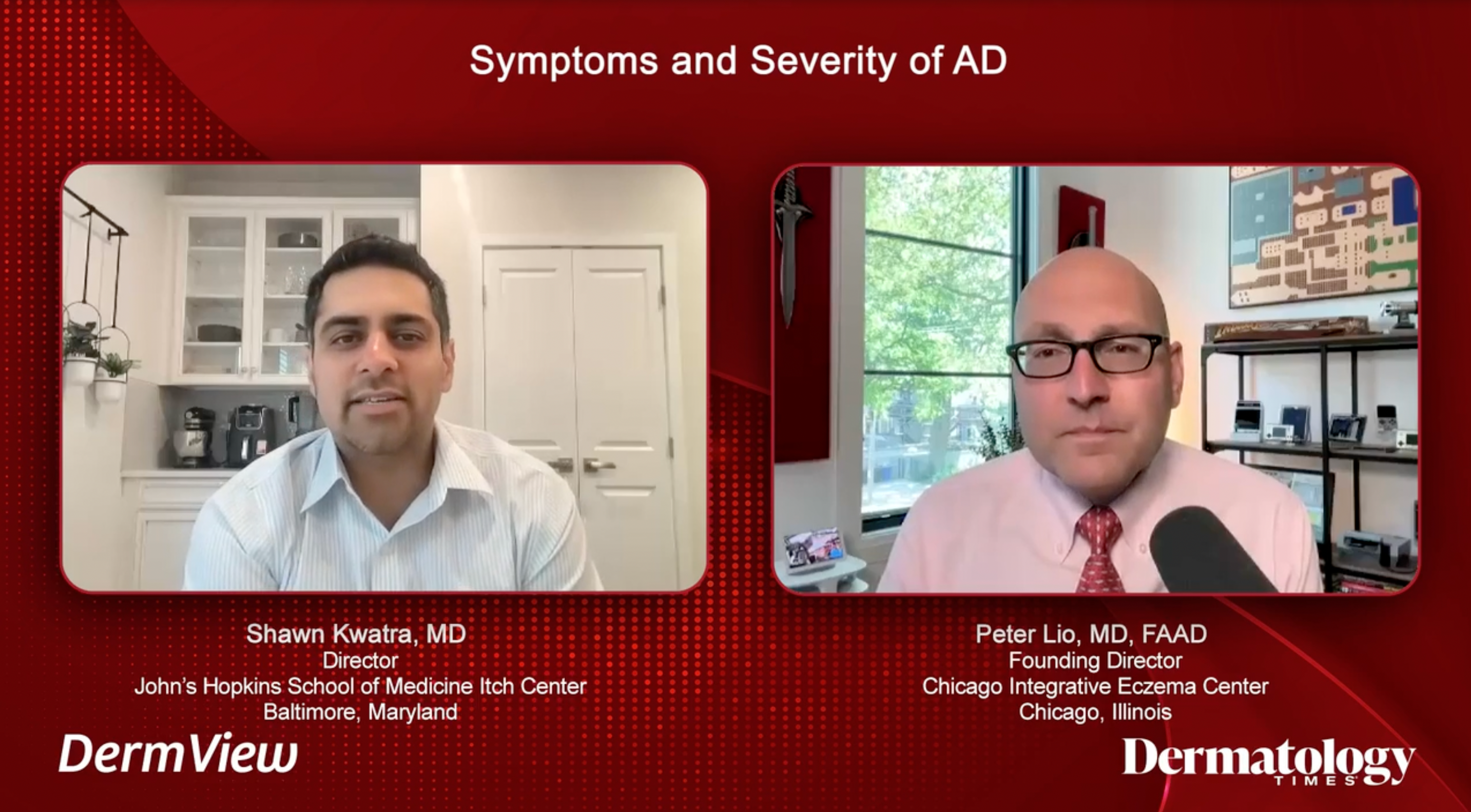- Acne
- Actinic Keratosis
- Aesthetics
- Alopecia
- Atopic Dermatitis
- Buy-and-Bill
- COVID-19
- Case-Based Roundtable
- Chronic Hand Eczema
- Chronic Spontaneous Urticaria
- Drug Watch
- Eczema
- General Dermatology
- Hidradenitis Suppurativa
- Melasma
- NP and PA
- Pediatric Dermatology
- Pigmentary Disorders
- Practice Management
- Precision Medicine and Biologics
- Prurigo Nodularis
- Psoriasis
- Psoriatic Arthritis
- Rare Disease
- Rosacea
- Skin Cancer
- Vitiligo
- Wound Care
News
Article
Dermatology Times
4 Key Tools to Protect Personal and Practice Assets
Discover why exempt assets, tenancy by the entirety, limited liability companies, and trusts can be key tools in finance management.
The reality of dermatology practice in the 21st century is that lawsuits and liability lurk in the background. In the quest to protect themselves from future litigation, many physicians choose to engage in asset protection—and they are wise to do so. This article highlights 4 key tools used in the field of asset protection: exempt assets, tenancy by the entirety (TBE), limited liability companies (LLCs), and trusts.
Caveat: The protections described belowpertain to typical lawsuits a dermatologist might face from private parties, such as malpractice claims, employee lawsuits, and those emanating from slip-and-falls, car accidents, or contract disputes. They do not apply to claims from the federal government for back taxes, Medicare audits, or otherwise. Protecting assets from federal government claims is another matter.
1. Start With Exempt Assets
We always begin by making sure that physicians leverage the best tools at their disposal: state and federally exempt assets. We recommend exempt assets first because (1) they enjoy the highest level of protection, and (2) they involve no legal fees, state fees, accounting fees, or gifting programs. In other words, you can own the exempt asset outright in your name, have access to any values, and still have it 100% protected from the typical lawsuit against you.
Each state specifies assets that are exempt from creditor claims. Many states provide exemptions for qualified retirement plans and IRAs, cash within life insurance policies, annuities, and primary homes. Consult an asset protection expert to find out the exemptions in your state and, if protection is important to you, be sure to maximizethese tools.
2. Determine TBE in Your State
In about 20 states, there is an ownership form that can provide an exempt-type level of protection in certain circumstances. Tenancy by the entirety, a form of joint ownership available to married couples in these states, may provide the top level of protection for claims against only 1 spouse. In some states, this protection applies only to real estate owned by TBE; in other states, both real property and personal property, like investment accounts, can be shieldedthrough TBE.
Used properly, TBE can allow a dermatologist to own an asset jointly with their spouse and protect that asset completely from claims against eitherspouse alone.
However, inherent in TBE are several risks, including the fact that TBE never provides protection against joint risks (such as lawsuits that arise from jointly owned real estate and potentially car accidents) and all protections are lost in the event of a divorce.
3. Building Blocks for Asset Protection Plans
Perhaps the legal structures most widely used by physicians are LLCs. To understand how LLCs provide protection, we must first examine both inside risks and outside risks.
Inside risks are those that threaten an LLC and its assets from the inside. These are risks that the legal entity faces because of its activity. Examples of inside risks for a medical practice LLC would include lawsuits by its patients for malpractice. For an LLC that owns real estate, it would include slip-and-fall claims. In the LLC, none of the passive owners (“members”) are liable for the liability ofthe business.
Outside risks are potential claims against the owners’ interests in the LLC. As an example, an outside risk might be a successful claim against a dermatologist for malpractice that has led to the plaintiff wanting to access the assets outside the practice (personal assets) to satisfy the judgment. For outside risks, LLCs are asset protectors because the law gives a very specific and limited remedy to creditors coming after assets in either type of entity. When a personal creditor pursues you and your assets are owned by an LLC, the creditor cannot seize the assets inthe LLC.
If the creditor cannot seize LLC assets, what can the creditor get? The law normally allows for only1 remedy, the charging order, which a creditor can be granted by a court against a debtor’s interest in an LLC. Essentially, this order allows the creditor to get distributions. In other words, the creditor must legally be paid any distributions that would have been paid to the debtor—but they cannot get inside the LLC or get management or voting rights. The charging order is meant to allow the entity to continue operating without interruption yet provide some remedy for creditors. Of course, this assumes that an LLC agreement is properly drafted and all formalities are followed every year. It is, therefore, critical to work with an experienced asset protection attorney whenimplementing LLCs.
4. Using Trusts to Protect Assets
Certainly, trusts can play significant roles in many dermatologists’ estate and/or asset protection planning. The first thing to understand about trusts is that they can be divided into 2 broad categories: revocable and irrevocable. Revocable trusts, as their name indicates, can be revoked at any time and can always be changed or superseded. Although revocable trusts such as family trusts or living trusts can be extremely valuable for estate planning because they can be revoked or changed at any time, they provide no asset protection against lawsuits or liability risks, at least as long as the grantor (the person who created the trust) is alive.
Although revocable trusts offer no asset protection, irrevocable trusts are outstanding for this purpose. Once one establishes an irrevocable trust, they forever abandon the ability to undo the trust and reclaim property transferred to the trust. With an irrevocable trust, the grantor loses both control of the trust assetsand ownership.
Irrevocable trusts protect assets for the same reason that revocable trusts do not. Revocable living trusts do not provide asset protection because creditors can “step into the grantor’s shoes” and undo the trust. The logic here is that if a dermatologist has the power to undo the trust, so do their creditors. An irrevocable trust results in the opposite outcome. Because an established irrevocable trust cannot be altered or undone, creditors cannot step into the shoes of the grantor and undo the trust. Assets in an irrevocable trust are immune from creditor attack, lawsuits, and other threats againstthe grantor.
Conclusion
Asset protection planning, like any sophisticated multidisciplinary effort, should be implemented with an experienced adviser. The4 tools described here are a few of the options such an adviser will utilize. The authors welcome your questions.
David B. Mandell, JD, MBA, is an attorney and author of more than a dozen books for doctors, includingWealth Planning for the Modern Physician. He is a partner in the wealth management firm OJM Group (www.ojmgroup.com).
Jason O’Dell, MS, CWM, is the managing partner and a financial adviser. They can be reached at 877-656-4362 or mandell@ojmgroup.com.
Disclosure
OJM Group, LLC (“OJM”) is a US Securities and Exchange Commission (SEC)–registered investment adviser with its principal place of practice in the state of Ohio. SEC registration does not constitute an endorsement of OJM by the SEC nor does it indicate that OJM has attained a particular level of skill or ability. OJM and its representatives are in compliance with the current notice filing and registration requirements imposed upon registered investment advisers by those states in which OJM maintains clients. OJM may only transact practice in those states in which it is registered or qualifies for an exemption or exclusion from registration requirements. For information pertaining to the registration status of OJM, please contact OJM or refer to the Investment Adviser Public Disclosure website www.adviserinfo.sec.gov.
Foradditional information about OJM, including fees and services, send for our disclosure brochure as set forth on Form ADV using the contact information herein. Please read the disclosure statement carefully before you invest or send money.
This article contains general information that is not suitable for everyone. The information containedherein should not be construed as personalized legal or tax advice or as a recommendation of any particular security or strategy. There is no guarantee that the views and opinions expressed in this article will be appropriate for your particular circumstances. Tax law changes frequently; accordingly, information presented herein is subject to change without notice. You should seek professional tax and legal advice before implementing any strategy discussed herein.
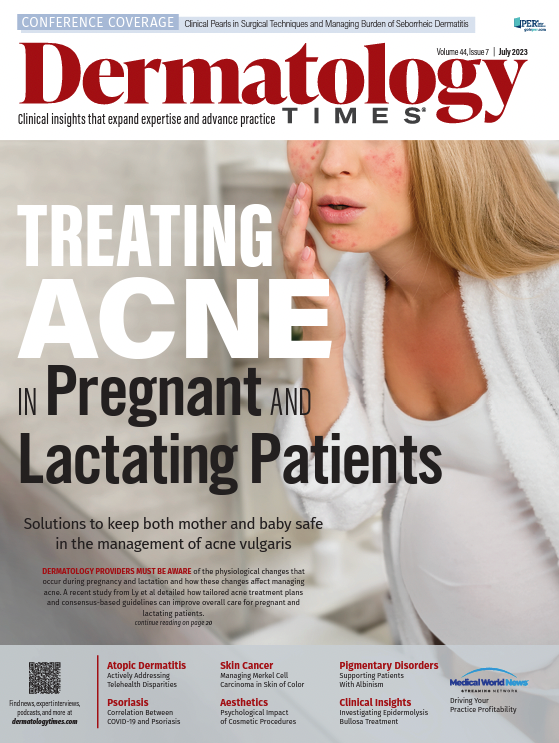
Newsletter
Like what you’re reading? Subscribe to Dermatology Times for weekly updates on therapies, innovations, and real-world practice tips.





